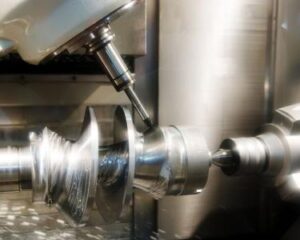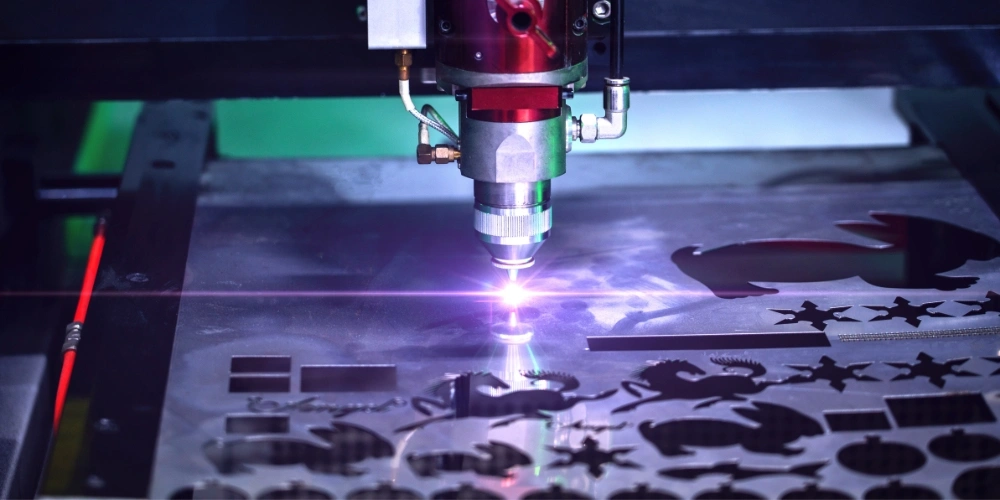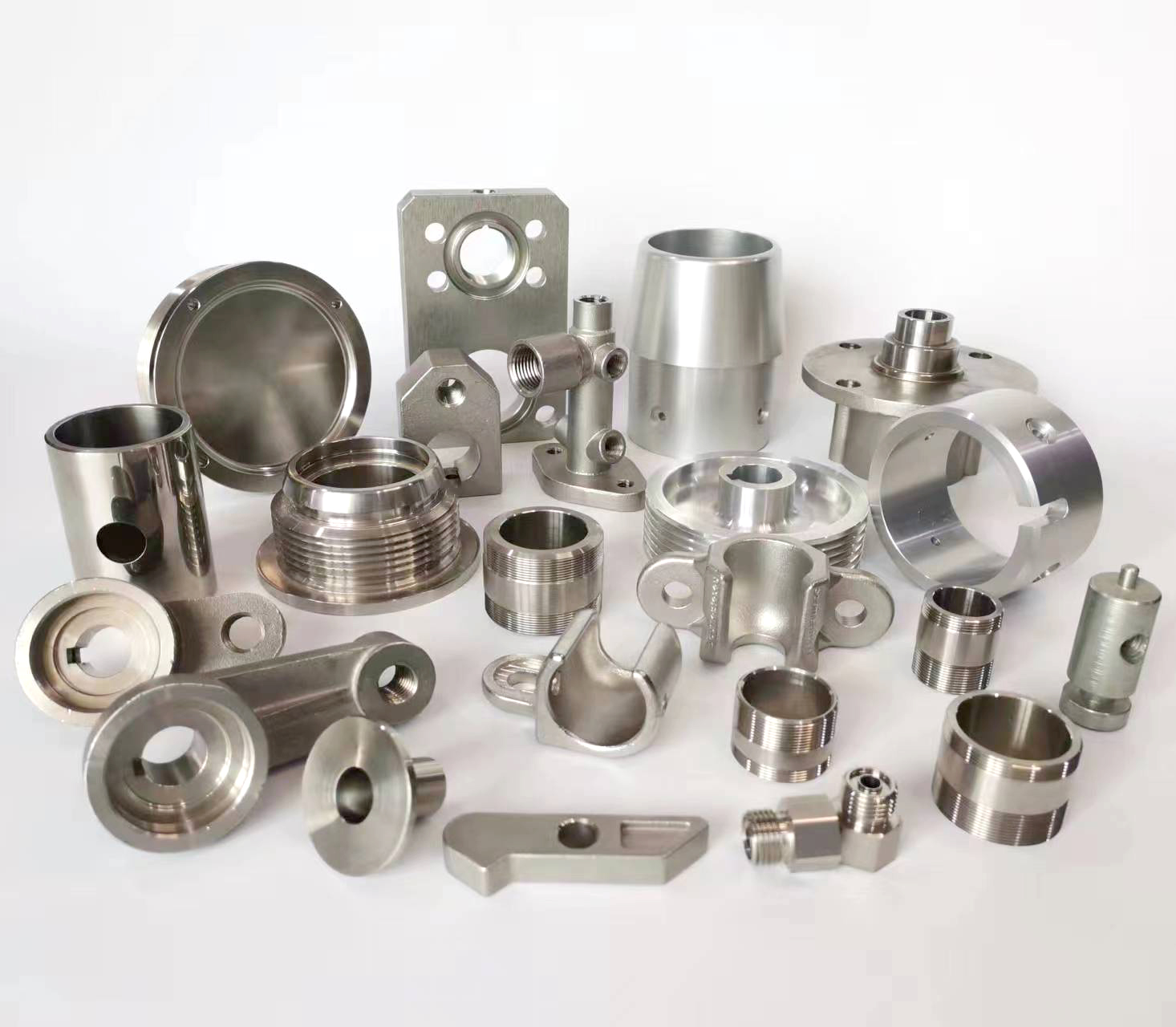
When creating technical drawings for custom metal machined parts, the following essential elements must be included to ensure manufacturability, clarity, and compliance with industry standards (typically following ASME Y14.5 or ISO 1101):
Title Block
Part name/number
Material specification (e.g., ASTM A36 Steel, 6061-T6 Aluminum)
Scale (e.g., 1:2)
Company information
Revision history (with dates and approval stamps)
Surface finish requirements (e.g., Ra 3.2 μm)
Orthographic Views
Minimum three primary views (Front, Top, Side)
Section views for internal features
Detail views for complex geometries
Isometric/pictorial view (optional but recommended)
Dimensions & Tolerances
Critical dimensions with ± tolerances (e.g., Ø25±0.1mm)
Geometric Dimensioning & Tolerancing (GD&T):
Flatness/Straightness
Positional tolerances
Concentricity/Runout
Datum references (e.g., Datum A-B-C)
Angularity specifications
Surface Finish Symbols
Machining marks direction (e.g., ⊥, ∥, X)
Roughness values (Ra, Rz)
Special treatments (e.g., anodizing, powder coating zones)
Feature Callouts
Thread specifications (e.g., M12x1.75-6H)
Hole types (Through, Blind, Counterbored)
Chamfers/Fillets (e.g., 2×45° chamfer)
Keyways/Splines/Slots
Material Specifications
ASTM/ISO material grade
Heat treatment requirements (e.g., HRC 40-45)
Hardness zones (case hardening depths)
Material grain direction (for sheet metal)
Welding Symbols (if applicable)
Weld type (Fillet, Groove, Spot)
Weld size/length
Post-weld machining instructions
Notes & Legends
General tolerances (e.g., ±0.5mm unless specified)
Deburring requirements
Inspection criteria (CMM, go/no-go gauges)
Packaging/shipping instructions
Compliance standards (e.g., ISO 2768-m)
Revision Table
ECO (Engineering Change Order) numbers
Change descriptions
Approval signatures
BOM (Bill of Materials)
Sub-component references
Fastener specifications
Purchased part numbers
Best Practices:
Use first-angle/third-angle projection notation
Clearly indicate critical-to-function (CTF) features
Specify machining sequences if critical (e.g., “Finish grind after hardening”)
Include GD&T control frame for mating surfaces
Use standardized symbols per ASME Y14.5-2018
Pro Tip: Always include a 3D reference model (STEP/IGES file) with 2D drawings for CNC programming compatibility.





